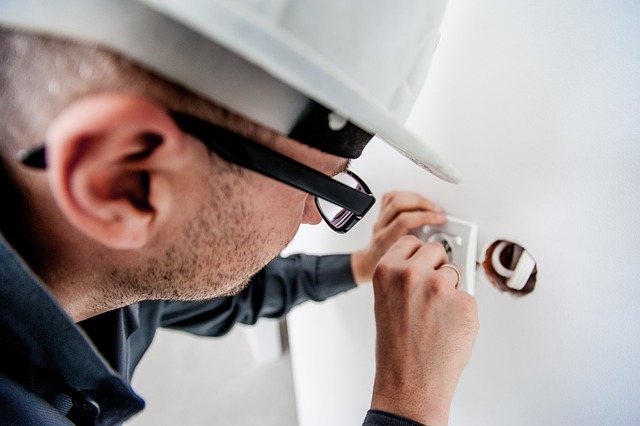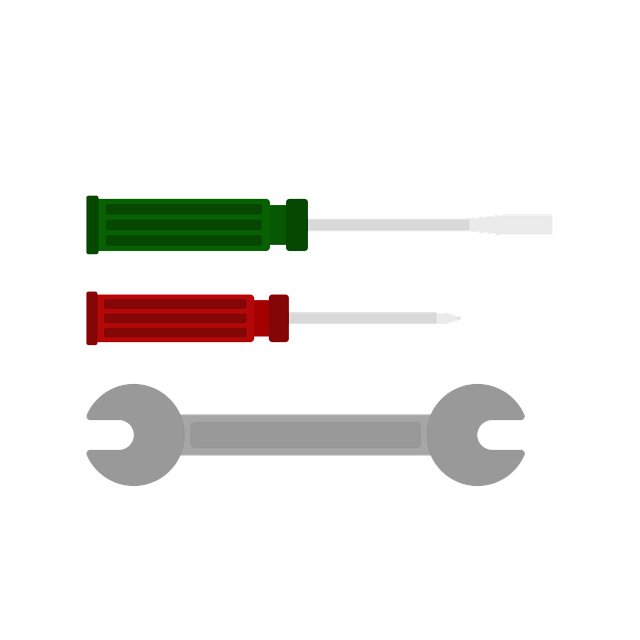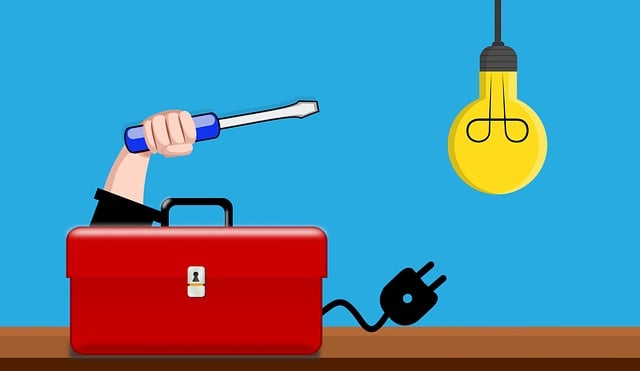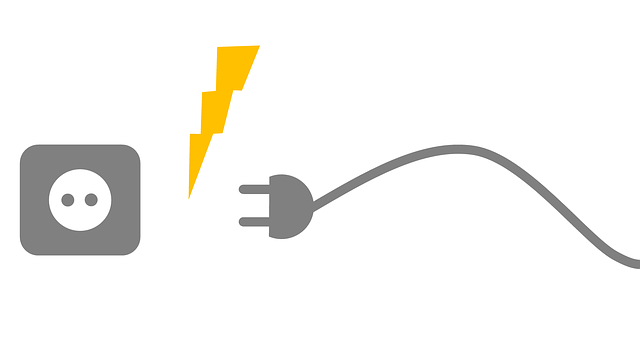An electrician plays a critical role in maintaining, installing, and repairing electrical systems, requiring a combination of technical knowledge and commitment to safety. Their expertise is essential across various settings, from homes to commercial establishments, and with the rapid advancement of technology, they must continuously update their skills and knowledge to keep up with industry standards and safety regulations. When dealing with recurring issues like circuit breakers tripping or fuses blowing, a systematic approach to troubleshooting is necessary. Homeowners should first check for overloaded circuits and inspect for physical damage in the circuit breaker or fuse panel. Persistent power outages may require a thorough evaluation by a licensed electrician to identify issues such as tripped circuits, loose connections, or faulty equipment. To protect against power surges that can damage electronics, surge protection devices should be installed strategically and maintained regularly. A whole-home surge protector offers the broadest defense. When electrical problems become complex, a professional electrician's specialized skills are indispensable for diagnosing and repairing issues, ensuring both functionality and safety, and for adhering to local regulations and codes. Their services not only resolve immediate concerns but also safeguard against future complications, guaranteeing that your electrical system operates efficiently and securely.
When confronted with electrical malfunctions, understanding the root cause is pivotal for effective troubleshooting. This article navigates through common electrical issues, offering solutions and a step-by-step guide to resolve problems like faulty circuit breakers and fuses. It also delves into troubleshooting persistent power outages and the importance of surge protection. For more complex repairs and safety assessments, professional electricians play a critical role, ensuring your home’s electrical systems operate safely and efficiently. With practical advice and expert insights, this piece equips you with the knowledge to handle electrical hiccups confidently or know precisely when to call in a pro.
- Identifying Common Electrical Issues for Effective Troubleshooting
- Step-by-Step Guide to Resolving Faulty Circuit Breakers and Fuses
- Troubleshooting Tips for Persistent Power Outages and Surge Protection
- The Role of a Professional Electrician in Complicated Electrical Repairs and Safety Assessments
Identifying Common Electrical Issues for Effective Troubleshooting

Step-by-Step Guide to Resolving Faulty Circuit Breakers and Fuses

When encountering issues with circuit breakers or fuses, a systematic approach is key to resolving faults effectively. If your circuit breaker keeps tripping or your fuses are blowing repeatedly, it’s an indication that there’s an underlying electrical problem. Begin by ensuring that the circuit isn’t overloaded. Check if too many appliances are connected to the same circuit, as this can cause frequent trips. An experienced electrician would first verify the load capacity against the connected devices’ power requirements.
Next, inspect the circuit breaker or fuse panel for any visible signs of damage, such as burn marks or corrosion. If everything appears normal, reset the circuit breaker by switching it to the “OFF” position and then back to the “ON” position. If the breaker trips again immediately after being reset, there’s likely a short circuit or ground fault on that circuit. It’s advisable at this point to contact a professional electrician, as attempting to troubleshoot further without expertise could be dangerous. The electrician will use specialized equipment to locate the fault and repair it safely. In cases where the issue persists but there are no apparent reasons, the electrician might inspect the wiring, connections, or devices on that circuit for potential issues. Regular maintenance by a qualified electrician can prevent many such problems from occurring in the first place, ensuring your electrical system operates smoothly and safely.
Troubleshooting Tips for Persistent Power Outages and Surge Protection

When encountering persistent power outages, a systematic approach to troubleshooting is essential to identify and rectify the underlying issues. Homeowners or business owners should start by checking the main electrical panel for tripped circuits. If circuits are frequently tripping, it may indicate an overload or a wiring problem that requires the expertise of a professional electrician. It’s also advisable to inspect the service drop (the wires that run from your home to the utility pole) for signs of damage or wear that could be causing interruptions. If these initial checks do not yield a solution, consulting an electrician is the next step to ensure safe and effective repairs. They can perform a thorough inspection of your electrical system, including checking for loose connections, faulty equipment, or other issues that might be responsible for the outages.
To protect your electrical system from power surges, which can cause significant damage to appliances and electronic devices, surge protection is a critical measure. Surge protectors work by diverting excess voltage away from your sensitive electronics. They can be installed at various points in your electrical system, including points of entry for power lines and within electrical panels. For the most robust protection, it’s recommended to have a whole-home surge protector installed by a qualified electrician. This type of protection guards against both external surges from storms or utility company issues, and smaller, internal surges that can occur naturally within your home’s system. Regularly testing surge protectors and replacing them every few years ensures they remain effective and provide the necessary defense against power spikes that could otherwise lead to costly repairs or replacements of electrical devices.
The Role of a Professional Electrician in Complicated Electrical Repairs and Safety Assessments

When intricate electrical issues arise that stretch beyond the scope of DIY repairs, the expertise of a professional electrician becomes indispensable. These skilled professionals are trained to navigate the complexities of electrical systems with precision and care. Their role is critical in identifying and resolving malfunctions that may pose significant risks if not handled correctly. From diagnosing the root cause of persistent circuit failures to implementing safe and effective solutions, an electrician’s knowledge of local building codes and standards ensures that all repairs are carried out in compliance with safety regulations.
Moreover, professional electricians offer a comprehensive approach to electrical system integrity. They conduct thorough safety assessments that go beyond visual inspections. Utilizing specialized tools and equipment, they can detect subtle signs of wear or potential hazards invisible to the untrained eye. This proactive approach is essential in preventing future complications, ensuring the longevity and efficiency of your electrical system. By entrusting such tasks to a licensed electrician, homeowners and businesses can enjoy peace of mind, knowing that their electrical systems are not only functioning optimally but also safeguarded against unexpected failures or dangerous conditions.
When encountering electrical malfunctions, prompt identification and resolution are key to ensuring safety and system integrity. This article has provided a comprehensive overview of common issues, from faulty circuit breakers and fuses to persistent power outages and surge protection. It underscores the importance of a systematic approach to troubleshooting and emphasizes when professional intervention is necessary for complex repairs or comprehensive safety evaluations. Homeowners can confidently tackle many electrical challenges using the outlined steps; however, for intricate issues that exceed one’s expertise, consulting a licensed electrician remains indispensable. Their proficiency not only safeguards your home but also adheres to all relevant safety standards. Always prioritize safety and professional guidance when dealing with electrical systems.
